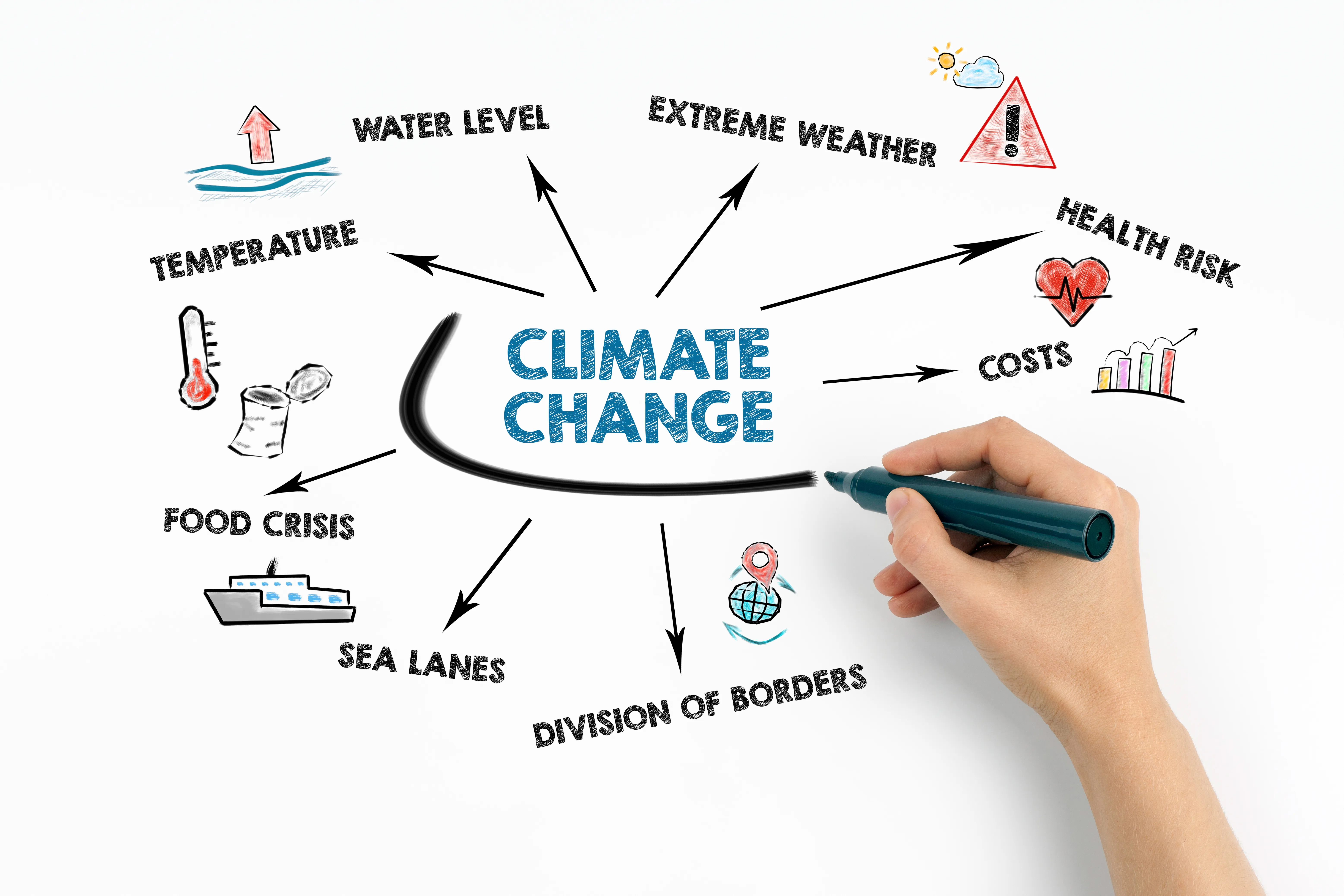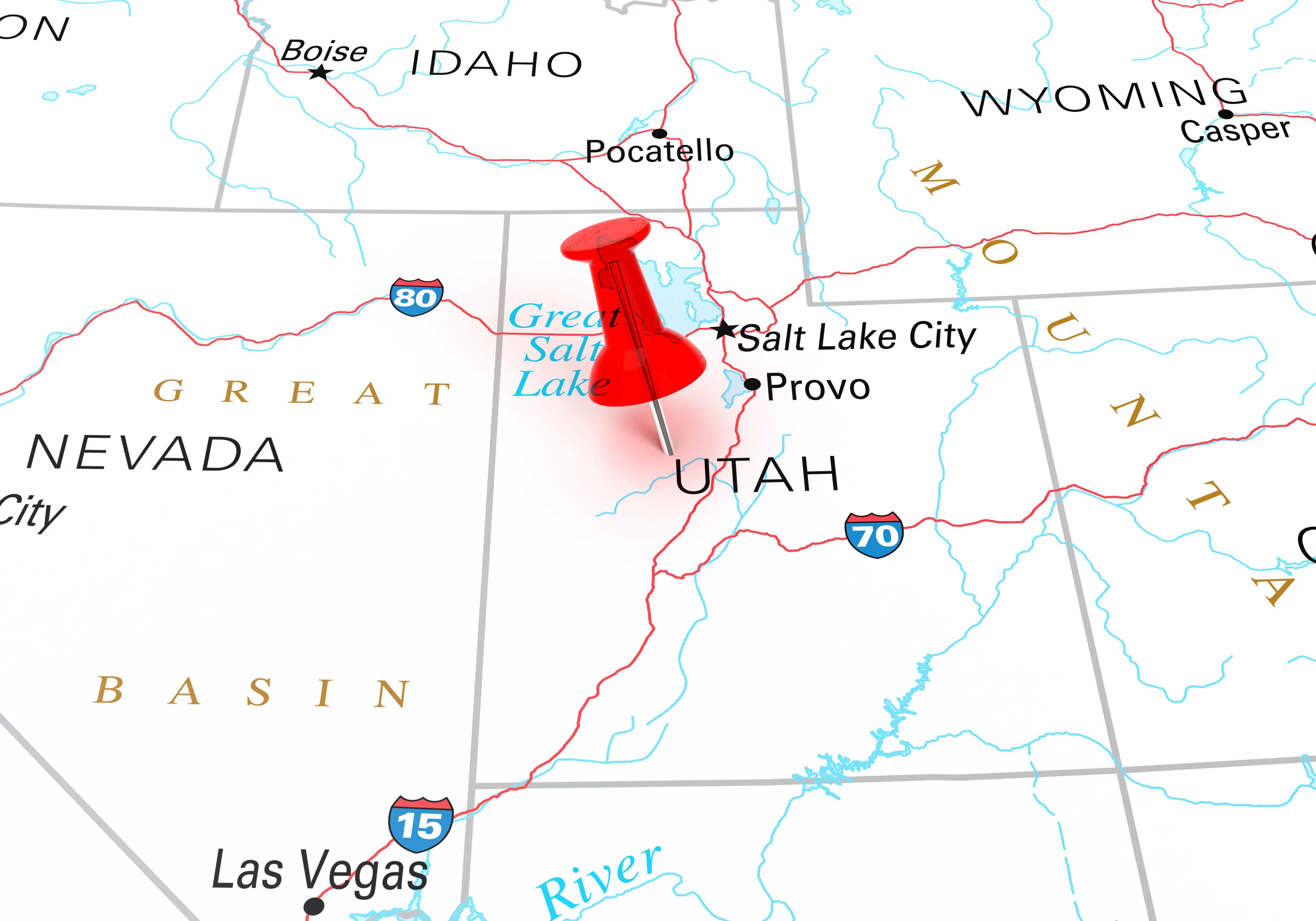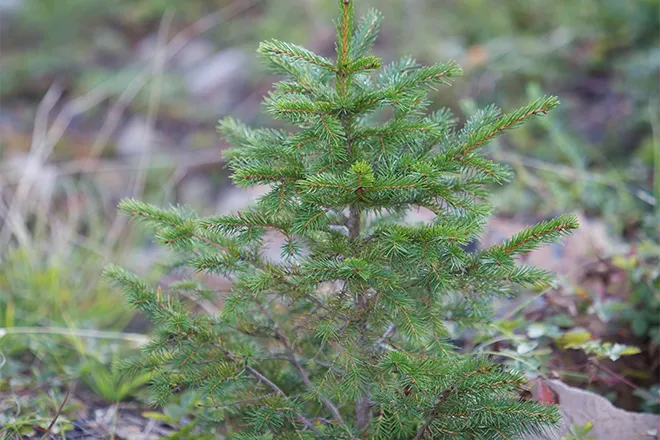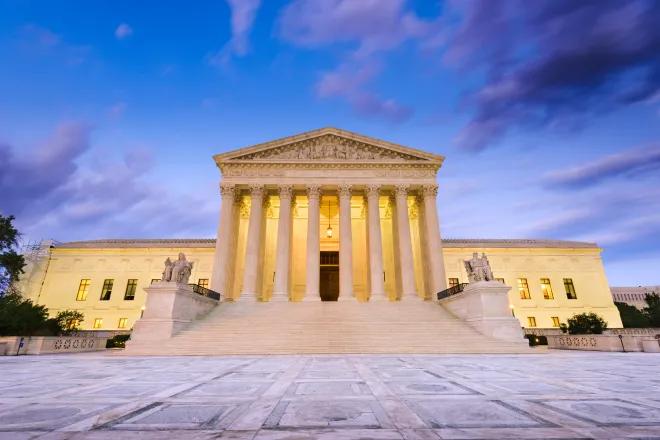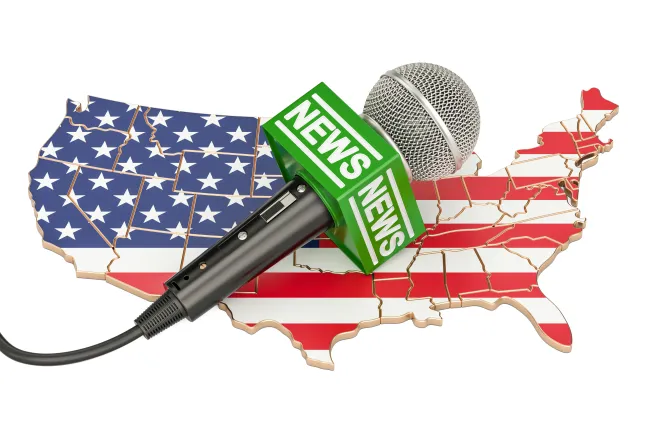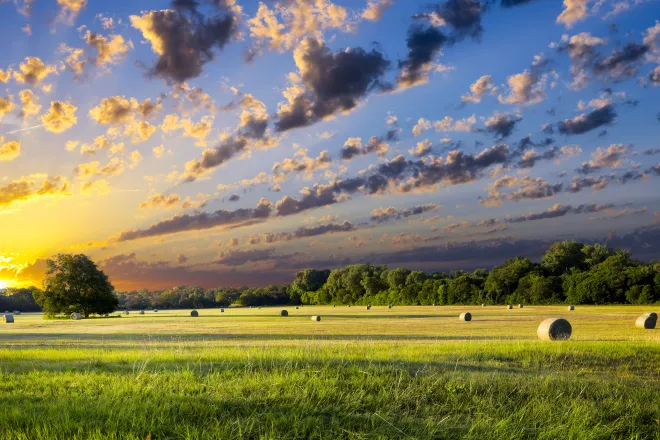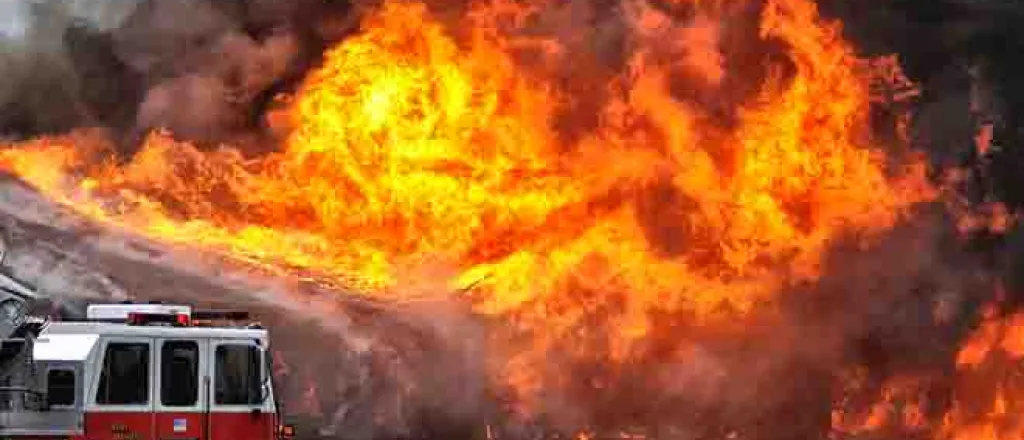
California towns, cities must adapt as dangers of bigger wildfires loom
Click play to listen to an abbreviated version of this article.
One glimpse at the devastation in the Los Angeles area, and it’s hard to imagine a complete rebuild. But look at the town of Paradise in northern California today, and you’d never know that the deadliest wildfire in the state’s history leveled Paradise a few short years ago. On November 8, 2018, a downed power line sparked the Camp Fire. It began 12 miles outside the city and, fueled by high winds like the recent Los Angeles fires, rammed into Paradise, claiming 85 lives and 95 percent of the town’s structures. Six years on, new residents have moved in, old residents have rebuilt, and new development has sprung up. But the legacy of that windy Thursday morning still haunts rebuilding efforts—inspiring fear that it could happen again.
Another fire almost certainly will come to this far-northern California landscape and to the dry scrub habitats further south in the state. Flames have been jumping Paradise’s forested hillsides for millennia—some trees evolved to require fire to open their resinous cones. But humans are making natural fires much worse through climate change and poor management. So the question has become how to prevent fire, when it does come, from becoming a major disaster.
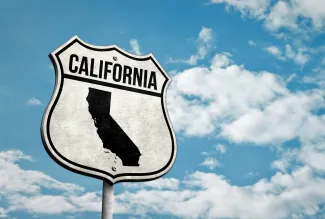
Success or failure boils down to whether people can live alongside the growing reality of fire and, if so, how. One approach: likening fires to other natural hazards, such as hurricanes or tornadoes, earthquakes or tsunamis. Communities can’t stop these forces of nature. But they can design around them—for instance, installing multipurpose fire breaks where vegetation is strategically cut back to reduce fuels, adding evacuation roads, and encouraging homeowners to learn about fire-smart maintenance. Adaptation to living alongside fire will mean letting it burn through some areas, while setting up infrastructure to defend others. “We have to live with it,” says restoration ecologist Dan Efseaff. “We just have to be more adaptable and fluid in our thinking about: what does that mean?”
A legacy of fire suppression has left much of the West with tinderbox forests, choked with underbrush, that burn hotter and bigger than before. Climate change, drier summers, and longer fire seasons coinciding with strong winds are a recipe for intense blazes that are hard or impossible to put out. “So we’ve got to adapt,” says Jill Johnstone, a fire ecologist at the University of Alaska Fairbanks. “That perspective has changed over my career.”
To adapt, these towns are finding new ways to design traditional fuel breaks, the long-used strategy of trimming back or removing vegetation to forge a buffer against fire. Ecologists, urban planners, and landscape architects are coming together to find solutions. Emerging approaches expand these breaks and make them part of a town’s landscape. In some places, such strategies are already gaining acceptance from local officials and homeowners—even if begrudgingly.
Reaction Versus Response
When a fire approaches a town, firefighters rush to fuel breaks, carrying handheld metal tanks filled with diesel and gas; the tank tips are lit like giant matches. Firefighters touch the handheld flames to dry plants along the edge of the break to set small, manageable ground fires. Little fires quickly jump out of the break into the nearby forest, coalescing into a small blaze that races toward the oncoming wildfire front. When the two fires meet, there’s a strip of scorched earth between the original fuel break and the oncoming larger fire. The scorched strip acts almost like a castle’s moat, halting the fire’s march toward town.
Firefighters and land managers have been using fuel breaks for decades, but only recently have actual studies emerged suggesting that fuel breaks can reduce fire severity and damage (1). Fuel breaks “can work and can alter fire behavior,” especially in forests—where the majority of this research has been done—says Alexandra Syphard, a senior research ecologist at the Conservation Biology Institute, headquartered in Corvallis, Oregon. Forests are good candidates for fuel breaks because breaks mimic what natural fires would have done in the past, thinning out the understory every so often, so there’s not an accumulation of massive tinder to burn.
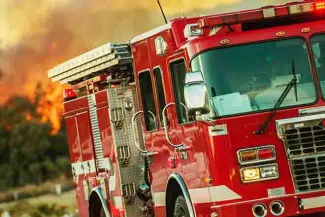
© iStock - welcomia
But not every fire is a forest fire, and fuel breaks may not be as effective in other ecosystems. When fire strikes in Southern California, for example, most houses burn in amongst native scrub, called chapparal, on windy days. The Los Angeles fires that tore through Altadena and the Palisades spread from the combination of dry conditions and powerful Santa Ana winds. Strong gusts can ferry millions of hot embers through the air that “notoriously jump 10-lane freeways,” Syphard says. If a firefighter isn’t there, a fuel break may slow down a fire, but embers will blow across it, and it’s likely to keep going. Unfortunately, strong winds can whip up fires too dangerous for firefighters to approach or fly aircraft, as Los Angeles experienced early in 2025.
In 2011, Syphard published one of the first studies to test whether fuel breaks actually stop fires (2). She compared maps of fuel breaks in the four National Forests of Southern California to maps of historical wildfires at the same sites between 1980 and 2007. At each site, she noted whether the fire had jumped the break, as well as a range of local variables, including climate, topography, and the site’s accessibility to firefighters. Then, using regression analysis, she and coauthors asked which variables predicted whether the fire had stopped at the break. Follow-up interviews with firefighters provided additional context.
The main findings were that fuel breaks stopped fires between 22 percent and 47 percent of the time, Syphard says, and that their success depended largely on firefighters being able to get there and having the manpower and resources to fight the fire from the break. “A misconception is if you put a fuel break around your community, a fire will stop there on its own,” she says. That’s often not the case, particularly during severe fire weather. “They play a role in providing safe access for firefighters to defend properties.”
A similar study from the same National Forests, published in 2023, assessed the success of fuel breaks touched by large fires (bigger than 200 hectares) between 2017 and 2020 (3). Fuel breaks stopped 27.9 percent of those large fires, according to that study. If that seems low, Syphard says, it’s because fuel breaks are essentially just managed vegetation. “Unless someone is there, the fire will keep burning,” she says, “which is why it’s important to think abut where you put them strategically.”
Planning Ahead
Studies like these suggest that such fuel breaks are worth the high cost of implementing and maintaining—when they’re thoughtfully planned into city infrastructure.
Historically, there wasn’t a whole lot of forethought or investment that went into creating and maintaining fuel breaks, Johnstone says. They’re often installed ad hoc during an emergency and aren’t always maintained or even mapped in firefighting databases. Paradise is trying to be more proactive by thinking about where fuel breaks would be most effectively placed to defend against a fire and where the breaks could have multiple uses, such as in parks or orchards.
“What fuel breaks are doing is giving us operational space to defend human communities,” says ecologist Nick Link, a graduate student at Northern Arizona University in Flagstaff. He’s also part of a working group at the National Center for Ecological Analysis and Synthesis, funded by their Morpho Initiative (4). The working group brings together fire researchers with an emphasis on the northern boreal region, aiming to develop new kinds of fuel breaks and fuel reduction strategies to resist fire damage, especially in far northern communities such as Alaska. Strategically building breaks into city infrastructure is a more recent trend, Link says.
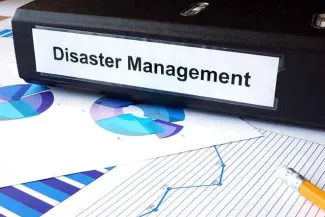
© iStock - designer491
Link is helping lead a new project with Morpho to re-imagine fuel breaks as multipurpose spaces with other benefits besides fire protection. Some could be designed with secondary uses, such as berry-picking meadows, small community gardens, mountain biking trails, or training areas for firefighters. Airstrips might be planned for municipal infrastructure and strategically placed where fire is most likely to abut towns. Still other types would involve planting less-flammable trees, such as birch and aspen, in fuel breaks, so that the community could have a forested park or hunting grounds, but with less fire danger. The hope is to drum up support to install and maintain more fuel breaks that offer co-benefits.
In Paradise, a simple open field, now furred with tall grass and brush, is part of the town’s evolving fire adaptation plan and will soon be a multiuse fuel break, serving as both fire protection and a park. When the Paradise Recreation and Park District acquires the field from private ownership later this year, it will become part of a long barrier system that will wrap around Paradise. The district will bring in goats to graze the tall grass short. Arborists and fuel crews will remove brush and lop some limbs off the pine trees to prevent a fire on the ground from jumping up their trunks. The idea is to create a belt of fuel breaks as buffers that fires can’t easily burn across, to slow fires as they roll down the mountain, and to stop their leap from surrounding wildlands into urban areas. These areas will be shaded fire breaks, Efseaff says, well-managed forest areas where tinder is taken away and more fire-resistant native plants thrive.
Reinventing Paradise
The origin story of Paradise’s innovative, proactive approach began with a 2020 report that could offer a blueprint for other towns aiming to do the same.
After the Camp Fire, researchers at the nonprofit Conservation Biology Institute coauthored the report with the town of Paradise and The Nature Conservancy, identifying high-risk fire zones around Paradise and its neighboring towns of Magalia and Concow (5). The report also identified potential buffer zones of “defensible space” surrounding the towns, each composed of low-flammability parks, orchards, and other managed fuel breaks. These would protect urban areas, while also conserving habitat and offering extra recreation benefits, such as trails. What’s new now, says coauthor Deanne DiPietro, a conservation biologist at the Conservation Biology Institute, is that these ideas are coming to fruition.
When Jonah Susskind saw the 2020 report, “I jumped out of my seat,” he says. Susskind, who is a senior research associate at SWA, a landscape architecture firm with four studios in California, had previously studied wildfire risk at the Massachusetts Institute of Technology. He says the report was the first time he had “seen anything at the community scale, not only addressing risk, but presenting ideas about how to respond to risk using the ecosystems surrounding Paradise.”
But what might such a buffer system look like? To answer that question, Susskind drew on a 2020 literature review, targeted to urban planners and fire agency professionals, suggesting that the configuration and layout of buildings across urban areas affect fire risk. Cul-de-sacs and other diffusely spaced suburban neighborhoods are difficult to defend against wind-driven fires (6). “The alternative would be not to build cul-de-sacs, which is a design decision,” Susskind says. Instead, the 2020 review proposed clustering homes more densely together on smaller plots with less vegetation between them and on more open throughway roads. One caveat is that clustered homes would need to meet stringent fire-resistant building codes, avoiding, for example, flammable roofing shingles.
The review came about, coauthor Max Moritz says, thanks to years of conversations with firefighters and fire professionals. Moritz, who is the statewide wildfire specialist for the University of California Cooperative Extension and is based at the University of California, Santa Barbara, kept hearing anecdotes about ways to make communities safer that had less to do with individual home structural building codes and more to do with the siting and layout of neighborhoods. At a workshop, Moritz presented an overview of different risk reduction measures to urban planners and fire agency professionals from around central coastal California. The group discussed “how feasible and how realistic” each risk reduction measure would be, Moritz says. “It was a first step in the direction of trying to come up with standards that could eventually be codified.”
Informed by these principles, Susskind led a team from SWA in 2022 to draw a series of mock-ups; they entailed a belt of fuel breaks like “a green necklace around town,” Susskind says. In one example, the designers reimagined a dense patch of conifers in a high-risk fire area as a thinned forest around a paved parking lot, with car camping hookups, bathrooms, hot showers, and even a central stone fire pit.
Embracing a New Normal
Not everyone is thrilled about paving Paradise to put up a parking lot. But what these mock-ups offer, Susskind says, is a possible compromise: fuel breaks that still promote the outdoor lifestyle that draws people to mountain towns. After a disaster, he says, people “want to know, ‘can we go back to some level of normalcy?’”
Gradually, many homeowners are accepting the need for change. Private landowners have now donated about 200 acres to the city to create fuel breaks in the “defensible space” zones identified by the 2020 report, says Efseaff, who is district manager of the Paradise Recreation and Park District. The thinned, patchier forests that fuel breaks create will mimic the historical ecology of the region. Travelers to California a century-and-a-half ago wrote about open, cathedral-like groves, “where you could ride with your arms out wide,” Efseaff says. Only in the last 150 years, under fire-suppression policies, have forests grown into dense thickets of mostly young trees and fallen logs. The idea now, Efseaff says, is to allow natural fires to burn through undeveloped areas so that fuels don’t accumulate, while at the same time fighting fires via strategic barrier zones, such as this field.
Regulations are helping push change along. Pull into any parking lot off the Skyway, Paradise’s main road in and out, and you’ll find asphalt, concrete, rock, and gravel in the first 5 feet surrounding any business, notes Susan Hartman in Paradise’s Community Development Department, which oversees new building, planning, and code enforcement. New landscaping plants can’t be up against commercial offices, homes, or along the Skyway because it’s the town’s primary evacuation route. Public Works is also adding sidewalks and shoulder areas, wide enough for firefighters to park. Rural places often lack that kind of infrastructure. “We are not known for our sidewalks,” she says, laughing. “We are open ditch.”
New regulations require a 100-foot fire break around any structure on private property. Brush can be at most 4 inches tall. Breaking the rules will get landowners cited. Public Works is also working on connecting dead-end roads to throughways, so people have more evacuation routes.
Wider Acceptance
All these adaptations, from multiuse fuel breaks to more restrictive building requirements, are expanding across the West. In Marin, California, north of San Francisco, the Wildfire Prevention Authority, a local government agency established in 2020, sends safety inspectors to 20,000–30,000 houses every year. Each homeowner gets a report and can be reimbursed by the city if they make fire-wise improvements. “One of the key things to making your home more ember-resistant is changing the vents,” says Anne Crealock, the agency’s planning and program manager. Attic vents can suck up hot embers during a fire; fire-smart vents close in response to heat. Installing gutter guards to stop dry leaves from accumulating, and replacing wooden fencing with noncombustible fences are other common-sense and subsidized measures.
Anecdotally, these measures seem to be working, Crealock says. A local business caught fire this summer, at the bottom of a hill. Flames spread quickly up the hillside until they came to a house that had recently had a fire inspection. The owners had made the recommended fire-smart improvements, notably mowing dry annual grasses to less than 4 inches tall. The fire “ran out of fuel to burn before it hit the house,” Crealock says.
As more communities realize the necessity of planning for the big one, adaptations like those in Paradise and Marin may serve as a guiding light. “We go into this with the mindset that we’re not stopping fires,” Hartman says. “We can’t stop it, but we can slow it, to give public safety more time to fight the fires, and to get people out of the way.”
Amy McDermott wrote this article for the Proceedings of the National Academy of Science.

